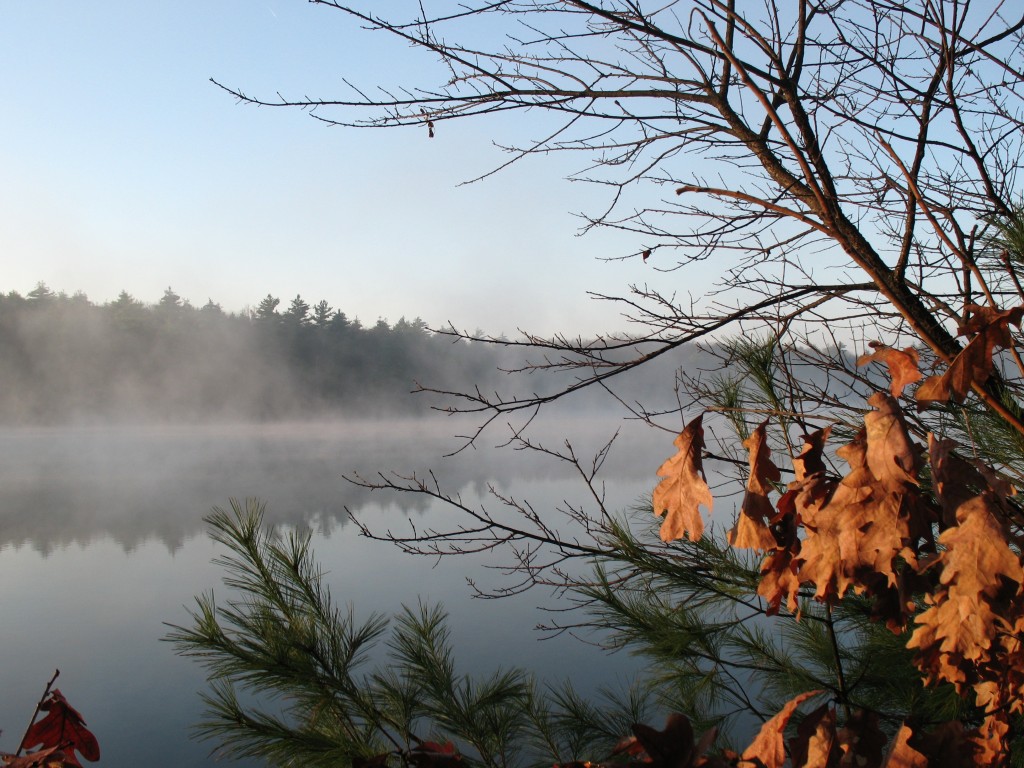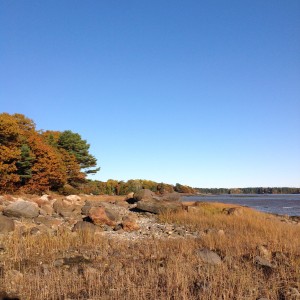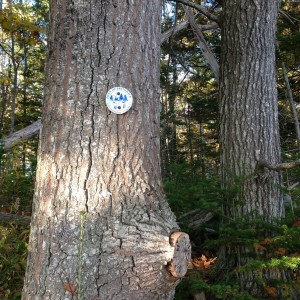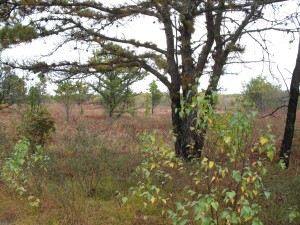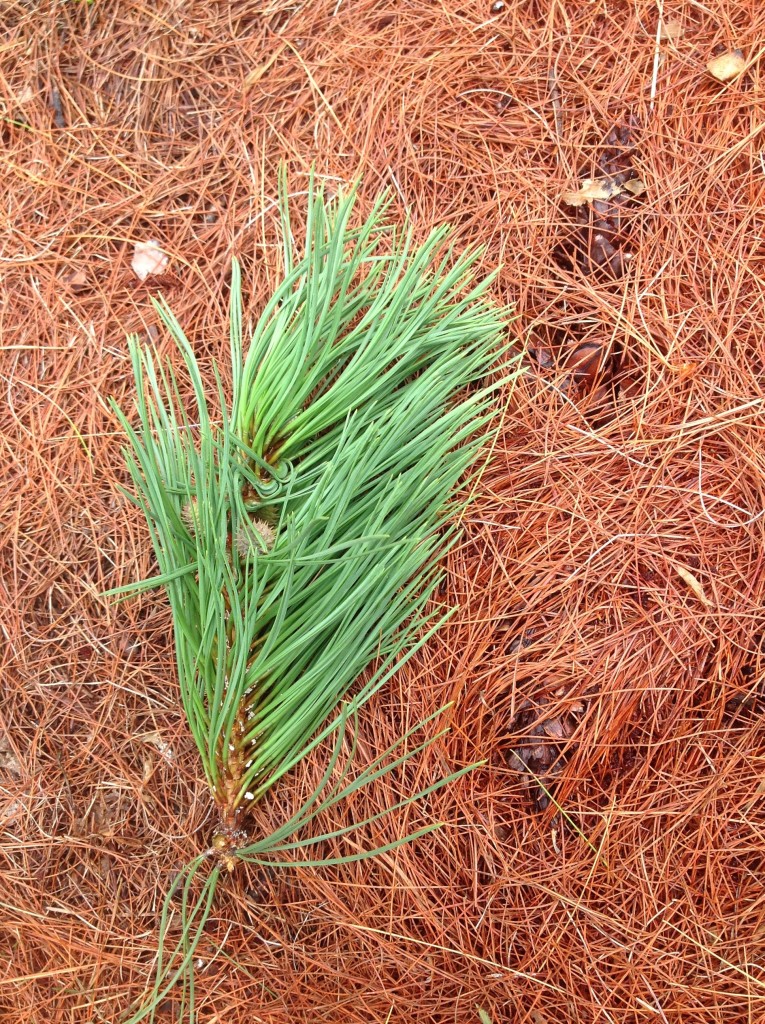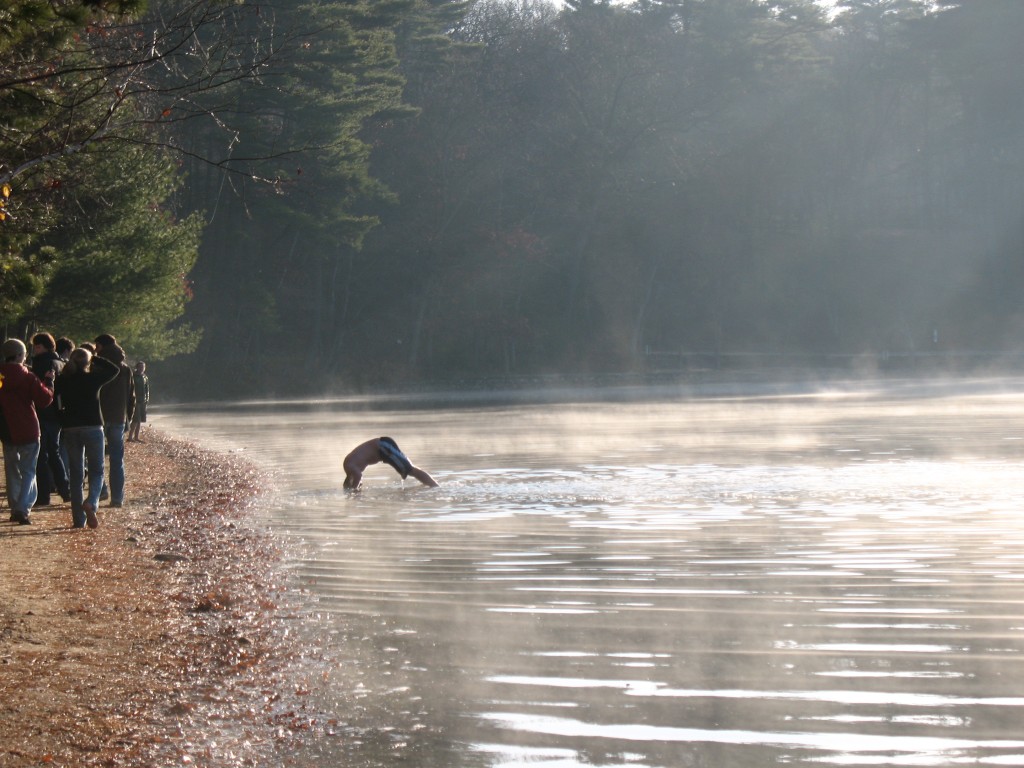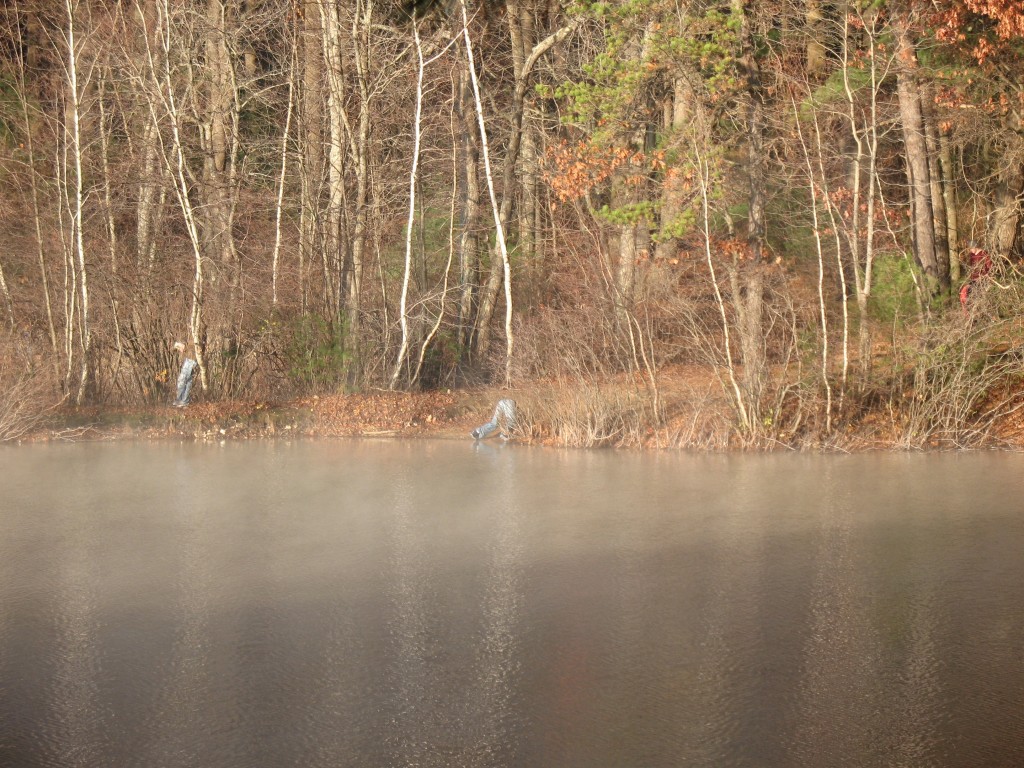Each town should have a park, or rather a primitive forest, of five hundred or a thousand acres, where a stick should never be cut for fuel, a common possession forever, for instruction and recreation … All Walden Wood might have been preserved for our park forever, with Walden in its midst, and the Easterbrooks Country, an unoccupied area of some four square miles, might have been our huckleberry-field.
— Thoreau, Journal, 15 October 1859
Happily, much of what Thoreau thought “might have been” has come to pass in Concord and Lincoln. And many, most, who visit these pages can sign on to such sentiment. But how, in these people-heavy times do we keep other lands free…of us? For many, putting land “in conservation” offers answer. That act can take a number of forms, but one that interests me here is the nicely titled conservation easement.
We are curious, expansive beings, ever nosing here and there, often settling in places where a first visit brings on a rush of exclamation: “It’s so beautiful! I wish I lived here.” And then, sometimes, we set about trying to do so. Beauty draws the heart, and often activates the hands. But once we set to with our building instinct, the results affect that beautiful place, and beauty itself. A little land rush of many of us compounds that effect; a beautiful place can become just another settlement. Conserving, saving, wildness and beauty then requires some way of easing that rush, holding us off.
Enter the easement. An easement in its simple form is a voluntary legal agreement made between a property owner and a land trust or government agency that permanently restricts certain land uses and activities. So, for example, a developer who offers a town a conservation easement on a 30-acre portion of a 60-acre subdivision could say that there will never be any houses or other development on those 30 acres. Once that agreement’s made, it’s up to the town to monitor whether it’s abided by.
Enter next, in my town’s case, the Conservation Commission, checker, among other duties, of easements.
It’s a middling summer day, enough heat to make me rue the blue jeans I pull on as guard against thorns, brush and, the new primary fear, deer ticks, but not so hot as to make you feel under the sun’s thumb. Two of us, members of our town’s Conservation Commission, meet a planning department intern at town hall, then drive to a stash of woodland that extends over 50 acres adjacent to a new development. We three are there to walk the easement boundary that marks the set-aside acres that the developer has said he won’t touch; these acres will be, by contract, forever wild…or, given nearby houses, wildish.
Surprise greets us as we pull up at the end of the dirt road: a logging operation is in full gnaw, its cuttings – 50 or 60-year old hardwoods – stacked by claw in a waiting truck. Quick consultation with the easement language says that part of this forest will also be “working.” Okay, add more “ish” to the word “wild.”
Still, we soon outwalk the cutting, and in the quiet woods fall to our primary task – following the easement borders by finding signs of that border. Those signs are three: best is a town “medallion” tacked to a tree as notice of easement boundary; next is some unofficial but prominent marker – a small cairn, a pipe driven into ground, a strip of orange “flagging”; last is the rusted wire bound of the old field this woodland once was. We fan out. I have a photocopied aerial of the woods; my fellow commission member uses her phone’s gps; our intern has the sharp eyes of youth.
We nose our way along the wiggly border, which, on the map, is a straight line. Just as woodwalkers grow gradually adept at following animal tracks, we get better at spotting sign of easement; this saved patch takes live shape as we walk. What also emerges during our slow passage are some of the woods’ little secrets – a knob of ledge jutting whitely from the duff, a bull-pine rising well above the canopy, deer tracks in the mud of a hidden dell.
In the course of our tracings, a couple of hours slip by; we emerge from thick woods at the top of a field. The high grasses stretch down to a wink of pond, and a breeze stirs the field. To our west, the sky thickens and darkens; thunder grumbles announcement. We search for sign and find a driven metal pipe topped with orange flagging at field’s edge. Both map and gps say the rest of our walk’s a simply crossing of field and walking of road.
Time then to ease back for a moment and watch this conserved field bask in the late summer sun – birds cruise for insects, grasses bend heavy with seed; pines crowd the clearing’s edge. This land’s slow future’s easy to read, a good story lined out for an easement-walker.

